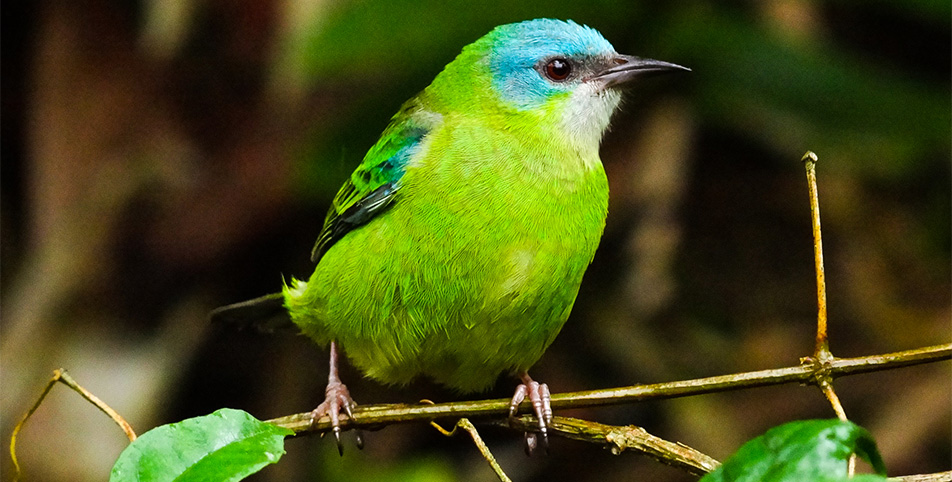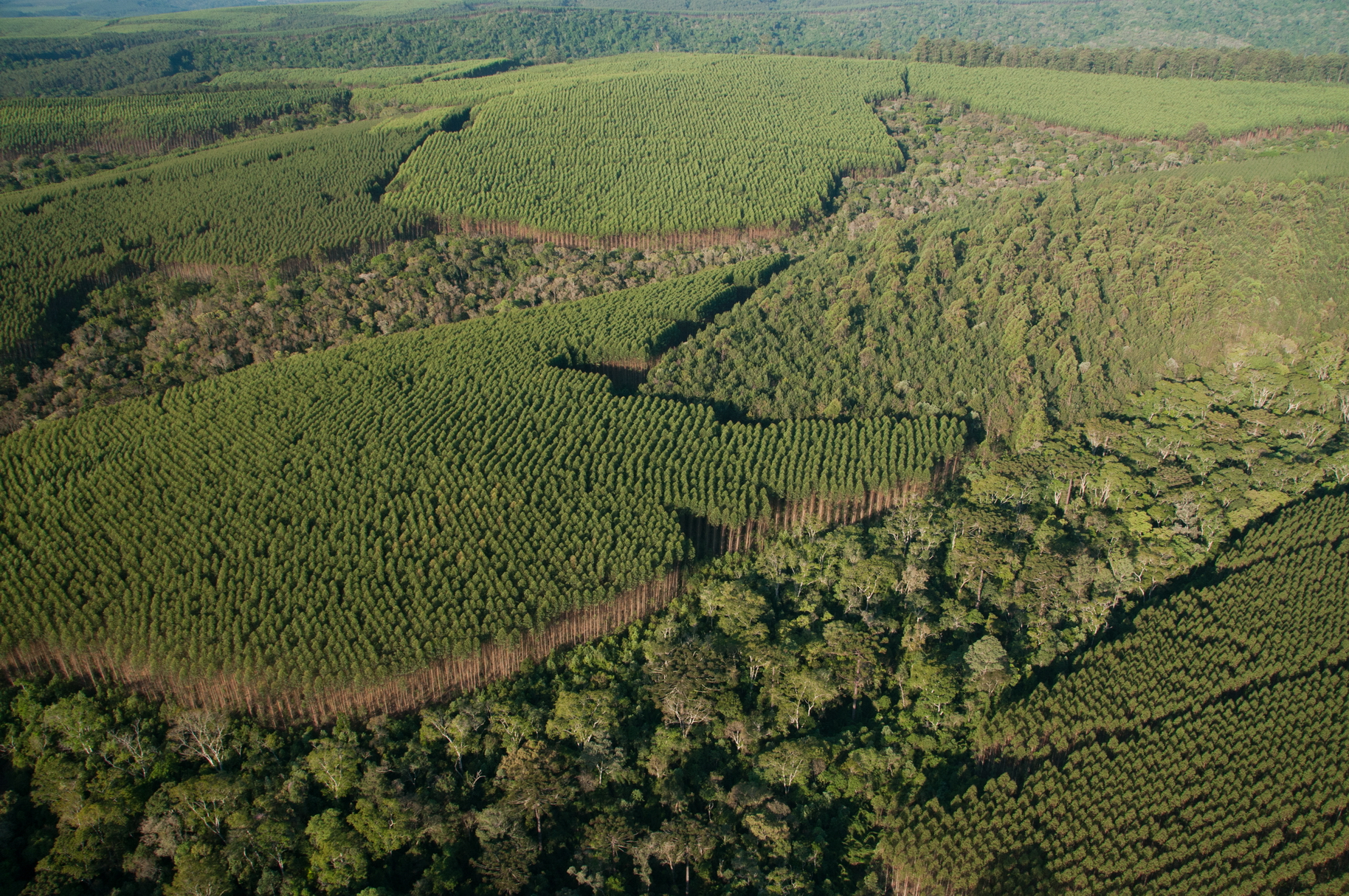Biodiversity
The conservation of the environment and biodiversity is part of Klabin's history and also its way of thinking about the future. The company believes that its operations, from the cultivation of wood in the forests, the raw material for production, to the conception and destination of the final product, only have a reason to exist if carried out in a sustainable way. Klabin is a differentiated and responsibly managed forest-based company, whose commitment to preserving the ecosystem where its plants are inserted and the areas of protection was assumed in the Klabin 2030 Agenda.
Also as part of this premise, bonds were issued in January 2021 linked to sustainability goals, the SLBs. The operation is associated with goals for reducing water consumption, waste disposal, and biodiversity, to be achieved by 2025 (see more in Economic performance).
Responsible forest management
All the wood used in Klabin's production process comes from cultivated forests. The company is a pioneer in the adoption of mosaic forestry management, which mixes planted forests with conserved native forests. The technique allows the formation of ecological corridors that help the protection and circulation of animals, contributing to the preservation of fauna and flora, and to the conservation of water resources.
Biodiversity Continuous Monitoring Program
The initiative seeks to verify the effects of forest management on the quantity, distribution, and behavior of the species and to adopt measures for the prevention and mitigation of damages to biodiversity, acting for its conservation. The program is held in Paraná, Santa Catarina and São Paulo.
In 2021, Klabin began to take part in the working groups of the National Action Plans (PAN) for the Conservation of Endangered Species, together with the Chico Mendes Institute for Biodiversity Conservation (ICMBio). The PAN is a management tool, built in a participatory manner, intended to plan and prioritize actions for the conservation of biodiversity and its natural environments.

851 fauna species have been
identified in Klabin's forest areas

704 of these species have conservation status,
28 of which are threatened with extinction.

524 of which have conservation status and of these, 38 are threatened with extinction.
*December 2021 data
Harpia Project
Technology and innovation have been Klabin's great allies in the biodiversity monitoring actions. The Harpia Project began in 2021, a journey of experimentation in monitoring fauna using artificial intelligence. By means of monitoring cameras, the fauna species can be identified by images, and the birds can even be identified by their songs. With the use of a new technology, DNA traces that the organisms leave in the environment are also being monitored, showing whether they are or were present there. Thus, it is possible to create a map of species and their location, thus promoting conservation actions focused on those threatened with extinction.
Certification guarantee
Klabin's entire forest management process undergoes audits in the forest units. The company has been certified by the FSC (FSC-C020628, FSC-C022516 e FSC-C023492). since 1998. An environmental management system was instituted to fulfill the principles and criteria of the certification, which foresees annual internal and external audits conducted by Imaflora. See more in Unprecedented certifications.
Conservation units
Klabin has 265,000 hectares of conserved areas. Of this area, almost 9,000 hectares are divided into two Natural Heritage Private Reserves (RPPNs): one in Paraná and another in Santa Catarina, both dedicated exclusively to scientific studies, environmental protection, and preservation of water resources, in remaining areas of the Atlantic Forest.

Klabin Ecological Park
Since 1979, Klabin has maintained an ecological park at Fazenda Monte Alegre, in Paraná. Located in an area measuring 9,852 hectares, 91.6% of which is made up of areas of conserved native forest, it houses approximately 180 animals of 50 different species, 13 of which are threatened with extinction at the state level. Animals kept under human care are housed in enclosures that replicate their habitat. The park also has hospitalization areas, a veterinary clinic, a kitchen for preparing food for the animals, an administrative office, accommodations for the researchers and an ecological trail, in addition to a Nature Interpretation Center. Activities conducted at the Klabin Ecological Park include breeding programs for endangered species, rescue, rehabilitation and release actions for wild animals, caring for animals that cannot return to the wild, scientific research and environmental education activities.
Road ecology
The biodiversity targets of the 2030 Agenda assumed with society include the reduction of the percentage of fauna being run over, mainly in the regions of Klabin's forestry operations, starting in areas close to Fazenda Monte Alegre, in Paraná.
The first step is the definition, location and mileage of the road network to be monitored. Other initiatives are the developing partnership with the “Flags and Highways” project and participation in the III Ibero-American Congress on Biodiversity and Road Infrastructure to learn about scientific research in the area.
At the end of 2021, Klabin started the Road Ecology Program with the purpose of promoting awareness and education actions on highways. A study was also conducted to better understand the occurrences and construction began on an app for the Company's employees to monitor animals in situations of risk of being run over.
See GRI indicators 304-1, 304-2, 304-3, 304-4, 307-1 and others related to Biodiversity in the ESG Panel.









